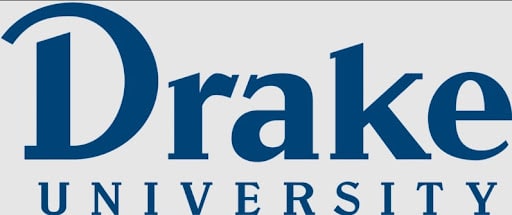McClellan: Why do we exist?

Why do we exist?
Humans have been trying to answer that question for themselves since the beginning of time. But it’s not just about us as individuals. This is a critical question for organizations to answer as well.
Last week’s column examined the idea that crisis brings about the need for innovation and evolution and that pandemic certainly qualifies as a change-inducing event.
I’ve cherry-picked some of the most important marketing trends that came from a recent Deloitte report that emerged from the pandemic so we can examine them with detail and walk away with some very tangible to-do items.
Just as a reminder, they are:
- Being a purpose-driven organization.
- Being agile.
- Building trust.
- Being authentically human.
- Allowing customers to participate.
The concept of being a purpose-driven organization is not new. But it used to be optional. That’s not the case today. What we’re talking about here is that, as a company, you have a very clear and shared vision of why you exist and who you are meant to serve. That may or may not have anything to do with what you sell.
In Deloitte’s survey of almost 2,500 global consumers, 79% of respondents recalled instances of brands positively responding to COVID-19 to help their customers, workforces and communities.
Almost 25% of respondents strongly agreed that these actions positively shifted brand perceptions, and 1 in 5 strongly agreed that it shifted their buying preferences in favor of the brand. On the other side of the equation, it’s clear that sustained commitment matters. Consumers reported being aware of negative brand actions (66%), leading to 1 in 4 consumers walking away from the brand.
Companies can’t play fast and loose with this. There’s no more picking and choosing when we come from a place of purpose. In the absence of this level of consistency, trust erodes.
Let’s assume that your organization has figured out what being purpose-driven means specifically for you. How do you, as a marketer, convey that to your internal and external audiences?
It’s about brand: It may be time to retool your brand so that your purpose is more front and center. This can be particularly powerful for your internal audience. Not only do consumers want to buy from a purpose-driven company, but employees want to work for one.
Measure and report: Telling someone about your purpose is very different from demonstrating it. In a world where trust is tenuous, we need to have proof points. Keeping track and having a mechanism to report on your efforts is a simple way to go beyond lip service. It will also hold you accountable. A “how we’re making a difference” page on your website that tallies the hours and dollars you’ve invested in your purpose will be enough.
But only if it gets updated consistently.
Don’t go it alone: This is a no-brainer, and yet I don’t see it done as well or as often as I should. While this is a marketing initiative in one aspect, it can be so much more. Get the employees to buy into the vision. Invite prospects and customers to join in to make a difference. Build a community around your purpose and watch how they start doing your marketing for you. For free.
As you embark on or refine your organization’s purpose-driven focus, remember that it must come from the heart. Invest the time to make sure you’ve got it right before you start telling the world.
But once you do, find ways to infuse it into every aspect of the business, from hiring and firing to product development and growth areas.
When your company lives out its purpose in big and small ways, your audiences will take notice and be ready to join you in changing your little slice of the world.










